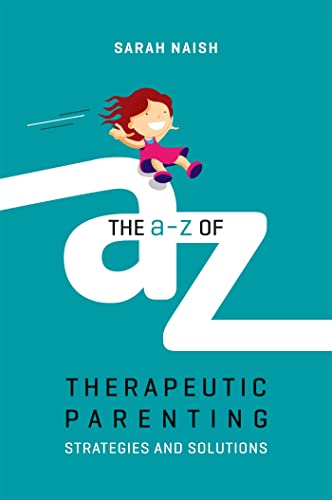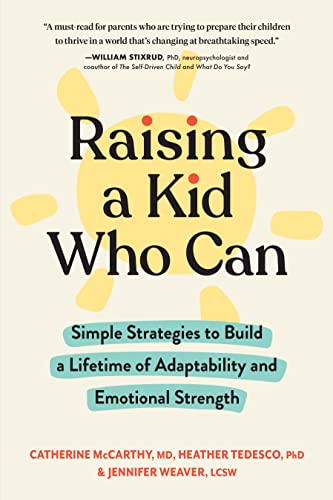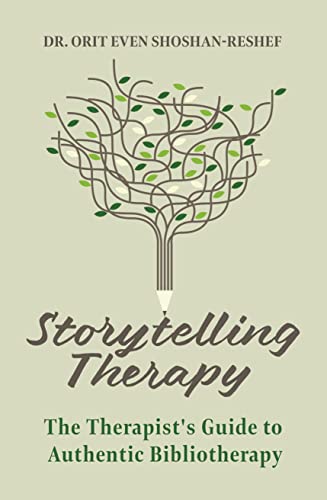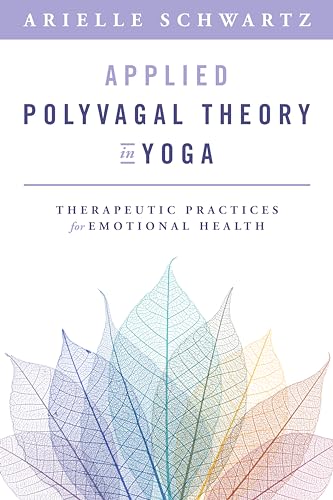Sublime
An inspiration engine for ideas
Rosen Method bodywork is particularly useful in this process because it is very gentle. The practitioner simply puts his hands on those parts of the client’s body that are not moving with her breathing, but frozen into stillness. The practitioner’s touch helps her pay attention to the frozen parts of her body, and helps her release the hurts and
... See moreSteven Kessler • The 5 Personality Patterns: Your Guide to Understanding Yourself and Others and Developing Emotional Maturity
Therefore, I encourage all my patients to engage in some sort of bodywork, be it therapeutic massage, Feldenkrais, or craniosacral therapy.
Bessel van der Kolk • The Body Keeps the Score: Brain, Mind, and Body in the Healing of Trauma
The A-Z of Therapeutic Parenting: Strategies and Solutions (Therapeutic Parenting Books)
amazon.com
Raising a Kid Who Can: Simple Strategies to Build a Lifetime of Adaptability and Emotional Strength
amazon.com
The training of competent trauma therapists involves learning about the impact of trauma, abuse, and neglect and mastering a variety of techniques that can help to (1) stabilize and calm patients down, (2) help to lay traumatic memories and reenactments to rest, and (3) reconnect patients with their fellow men and women.
Bessel van der Kolk • The Body Keeps the Score: Brain, Mind, and Body in the Healing of Trauma
please check out Bessel van der Kolk, The Body Keeps the Score: Brain, Mind, and Body in the Healing of Trauma; Pat Ogden, Trauma and the Body: A Sensorimotor Approach to Psychotherapy; and Dan Siegel and his many books.
Staci Haines • The Politics of Trauma
Storytelling Therapy: The Therapist's Guide to Authentic Bibliotherapy
amazon.com
Applied Polyvagal Theory in Yoga: Therapeutic Practices for Emotional Health
amazon.com